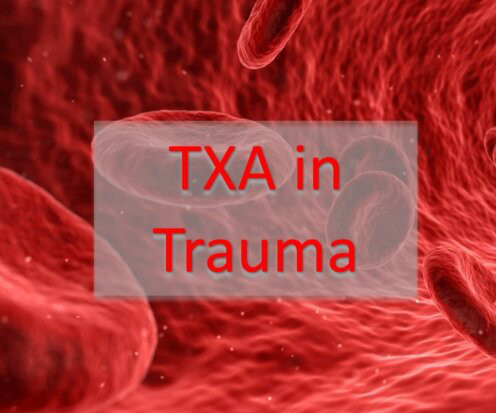Annals of B Pod: Anti-Xa Overdose
Taming the SRU
FEBRUARY 12, 2024
Given her intracranial hemorrhages, significant attempts were made to improve coagulation including administration of IV vitamin K, 3 units of fresh frozen plasma, and administration of four-factor prothrombin complex concentrate (PCC, Kcentra). The patient is agitated on a backboard with C-collar in place.














Let's personalize your content